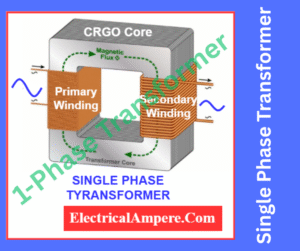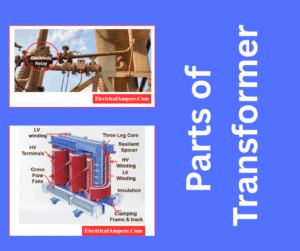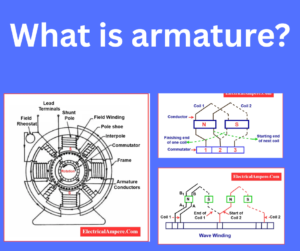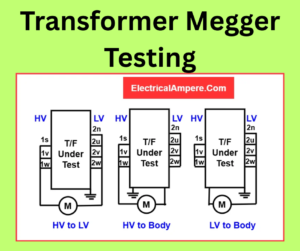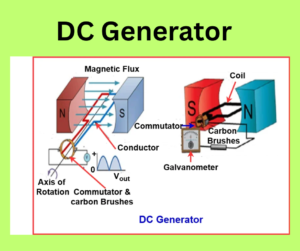Single Phase Transformer: Working, Diagram, Construction, Advantages & Applications
Learn all about single phase transformer including its working, diagram, construction, advantages, applications, types, and more. Understand how a single phase transformer operates in power
